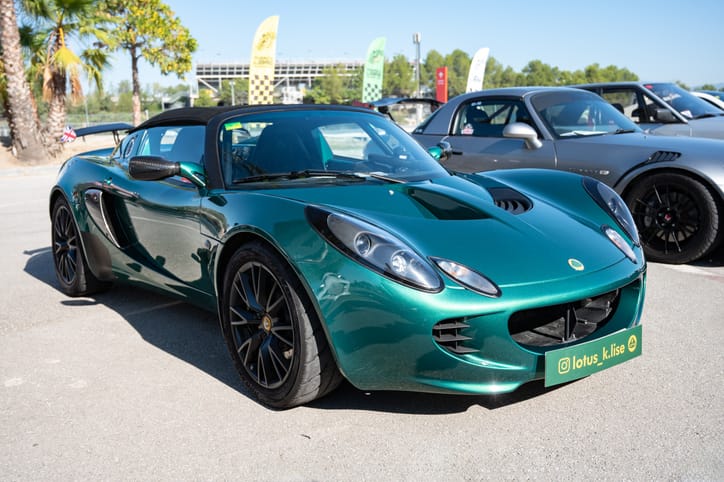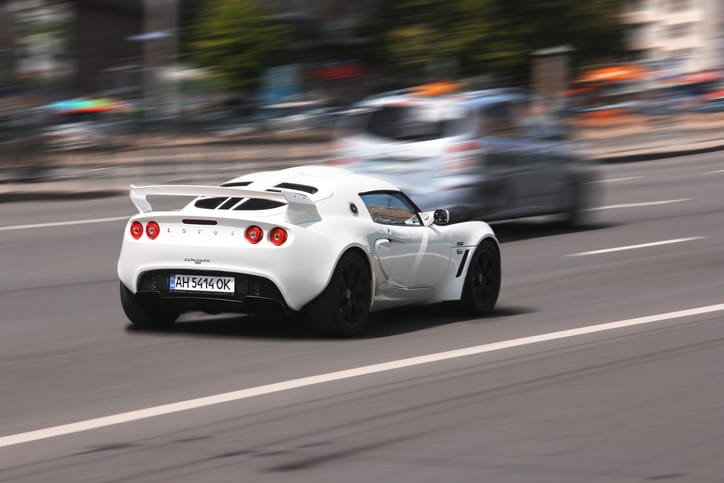The Enduring Legacy and Modern Resurgence: Lotus's Best-Selling Cars

Lotus, the iconic British sports car manufacturer, boasts a rich history filled with innovative and lightweight vehicles. While never known for mass production, Lotus has consistently produced cars revered for their agility and driving experience. But which model holds the crown for Lotus's best-seller in recent years?
Throughout the late 20th and early 21st centuries, the title belonged to the Lotus Elise. Introduced in 1996, the Elise quickly became a beloved icon. Its revolutionary design philosophy focused on minimalism and lightness. The chassis, constructed primarily of bonded aluminum, kept weight to a minimum, resulting in a car that felt like an extension of the driver. Early Elise models offered a 1.6-liter Rover engine, later upgraded to more powerful options from Toyota and Vauxhall.
The Elise's success stemmed from several factors. Firstly, it offered an authentic sports car experience at a relatively affordable price point compared to its Italian and German competitors. Secondly, its focus on driver engagement resonated with enthusiasts who prioritized handling and agility over raw power. Thirdly, the car's timeless design, with its open-top options and sleek lines, ensured it remained visually appealing for decades.
A Legacy of Sales Success
The Elise's impact on Lotus's sales figures is undeniable. By 2021, the year production ended, over 35,000 Elises had been sold worldwide, solidifying its position as the best-selling Lotus in recent history. Here's a breakdown of its impact:
- A Decade of Dominance: The Elise's sales success wasn't limited to a single year. It consistently placed itself as Lotus's top seller throughout the 2000s and 2010s.
- Farewell Fanfare: The final production year, 2021, witnessed a surge in sales as enthusiasts clamored to own a piece of Lotus history. Special editions like the Sport 240 Final Edition and the Cup 250 Final Edition further boosted sales.
- Global Appeal: The Elise wasn't just a European phenomenon. It found success in markets worldwide, with Europe, the UK, and Japan being particularly strong performers.
A New Era Dawns: The Rise of the Emira and Eletre
While the Elise's production has ceased, Lotus is entering a new era. The year 2022 saw the introduction of the Emira, a mid-engined sports car positioned as the spiritual successor to the Elise. The Emira boasts a more modern design aesthetic but retains the focus on lightweight construction and driving dynamics that made the Elise a legend. It's still early to say if the Emira will surpass the Elise's sales figures, but critical reception has been positive, and it's poised to continue Lotus's legacy in the sports car segment.

However, Lotus is no longer solely focused on traditional sports cars. They've boldly ventured into the electric vehicle (EV) market with the Eletre, a luxury electric hyper-SUV. Launched in late 2022, the Eletre marks a significant departure for Lotus. This high-performance electric SUV offers a glimpse into the brand's future as it embraces electrification while retaining its core values of performance and innovation.
Looking Ahead: A Future Filled with Choice
It's difficult to predict which model, the Emira or the Eletre, will become Lotus's future best-seller. The Emira caters to the established Lotus enthusiast base, while the Eletre opens the brand to a new segment of luxury EV buyers. Ultimately, both models represent a significant step forward for Lotus. The Emira ensures the spirit of the Elise lives on, while the Eletre propels Lotus into the exciting world of electric vehicles.
One thing remains certain: Lotus continues to innovate and push boundaries. Whether through the legacy of the Elise or the promise of the Emira and Eletre, Lotus is a brand that prioritizes the driving experience and caters to enthusiasts who value agility, performance, and timeless design.
